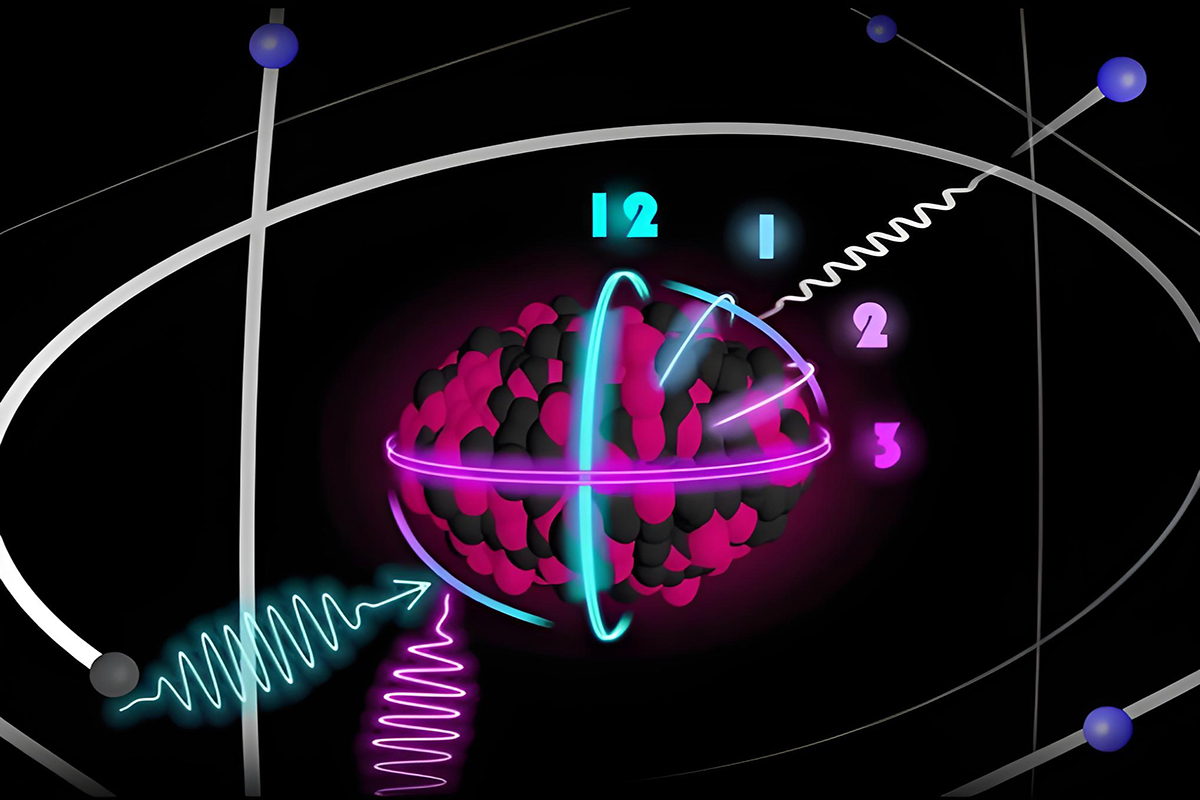RELATED
MESSAGE
The time synchronization device transmits the time signal of the atomic clock to other devices mainly through the following common methods, each of which has its own unique principles and applicable scenarios:
1. Network Transmission (NTP, PTP Protocol):
Network Time Protocol (NTP):
As a high-precision time source, the atomic clock is connected to the time server in the network. The time server encodes and encapsulates the time information of the atomic clock, and then sends it out in the form of NTP data packets through the network (such as Ethernet). Other devices (clients) receive these NTP data packets through the network interface, parse the time information therein, and compare and adjust it with their own clocks. For example, in the office network of an electric power company, the atomic clock provides accurate time for the time server in the network. Office computers, servers and other devices act as clients and regularly send NTP requests to the time server to obtain the time signal of the atomic clock to achieve time synchronization. The NTP protocol is relatively simple and is suitable for scenarios where the time accuracy requirements are not extremely high. The general accuracy can reach milliseconds.
Precision Time Protocol (PTP):
In a time synchronization system based on PTP, the atomic clock is also connected to the master clock device (equivalent to the time server). The master clock device processes the time information of the atomic clock according to the PTP protocol and stamps it with an accurate timestamp. The slave clock devices in the network (other devices that need to synchronize time) receive the time signal sent by the master clock through a network interface that supports the PTP protocol (such as an Ethernet interface). The slave clock device calculates the time deviation from the master clock based on the received timestamp information and adjusts its own clock. The PTP protocol uses hardware timestamp technology to achieve high-precision time synchronization at the sub-microsecond level or even the nanosecond level. It is often used in scenarios such as industrial control and power system automation that require extremely high time accuracy. For example, in the process layer network of a smart substation, protection devices, measurement and control devices, and other devices achieve time synchronization with the master clock device connected to the atomic clock through the PTP protocol.
2. Serial Communication:
The atomic clock can be connected to the time synchronization device through a serial port (such as RS-232, RS-485, etc.). The atomic clock sends the time information in a specific format (such as ASCII code or binary data) through the serial port. The time synchronization device receives the serial port data, parses the time information, and then transmits the time signal to other devices through its own output interface (such as serial port, network port, etc.). For example, some small industrial control equipment or laboratory equipment may be connected to the time synchronization device through the RS-232 serial port to receive the time signal from the atomic clock for synchronization. The serial port communication method is relatively simple and low cost, but the transmission distance is limited. It is generally suitable for short-distance time signal transmission, and the data transmission rate is relatively slow.
3. Fiber Optic Transmission:
The low loss and high bandwidth characteristics of optical fiber are used to transmit the time signal of the atomic clock over long distances and with high precision. The atomic clock is connected to the time synchronization device (such as the optical fiber time synchronization transmitter), and the time synchronization device encodes and modulates the time signal of the atomic clock and converts it into an optical signal suitable for transmission in the optical fiber. The optical signal is transmitted to the time synchronization device at the receiving end through the optical fiber. The receiving end device demodulates and decodes the optical signal to recover the time information of the atomic clock, and then transmits the time signal to other devices that need to be synchronized. For example, between substations at both ends of a long-distance transmission line, time synchronization may be achieved through optical fiber connection. Optical fiber transmission has the advantages of strong anti-interference ability, long transmission distance and high accuracy, and can meet the needs of scenarios such as power systems that require high time synchronization accuracy and long distance.
4. Wireless Transmission:
Radio Frequency (RF) Wireless Transmission:
The time signal of the atomic clock can be modulated and transmitted through the RF module. The time synchronization device is equipped with a corresponding RF receiving module. After receiving the wireless signal, it demodulates and decodes the signal to obtain the time information of the atomic clock. Then, the time synchronization device transmits the time signal to other devices to achieve time synchronization. This method is suitable for some scenarios where cables cannot be laid or flexible deployment is required, such as in some remote power monitoring sites or temporary power facilities. However, RF wireless transmission may be affected by environmental factors (such as obstacles, electromagnetic interference, etc.), resulting in signal attenuation or transmission errors, affecting the accuracy of time synchronization.
Wireless Local Area Network (WLAN):
The atomic clock is connected to a time synchronization device that supports WLAN, and the time synchronization device sends the time information of the atomic clock through a wireless network (such as Wi-Fi). Other devices connect to the wireless network through their own wireless network cards, receive time signals and synchronize. This method has certain applications in the time synchronization of some indoor or local power equipment, such as between indoor equipment in power monitoring centers. However, the transmission distance and stability of wireless LANs are also limited, and there may be security risks, so corresponding security measures need to be taken.
CONTACT US
Please use the form below to get in touch.
If you need a reply we will get in touch as soon as possible.





